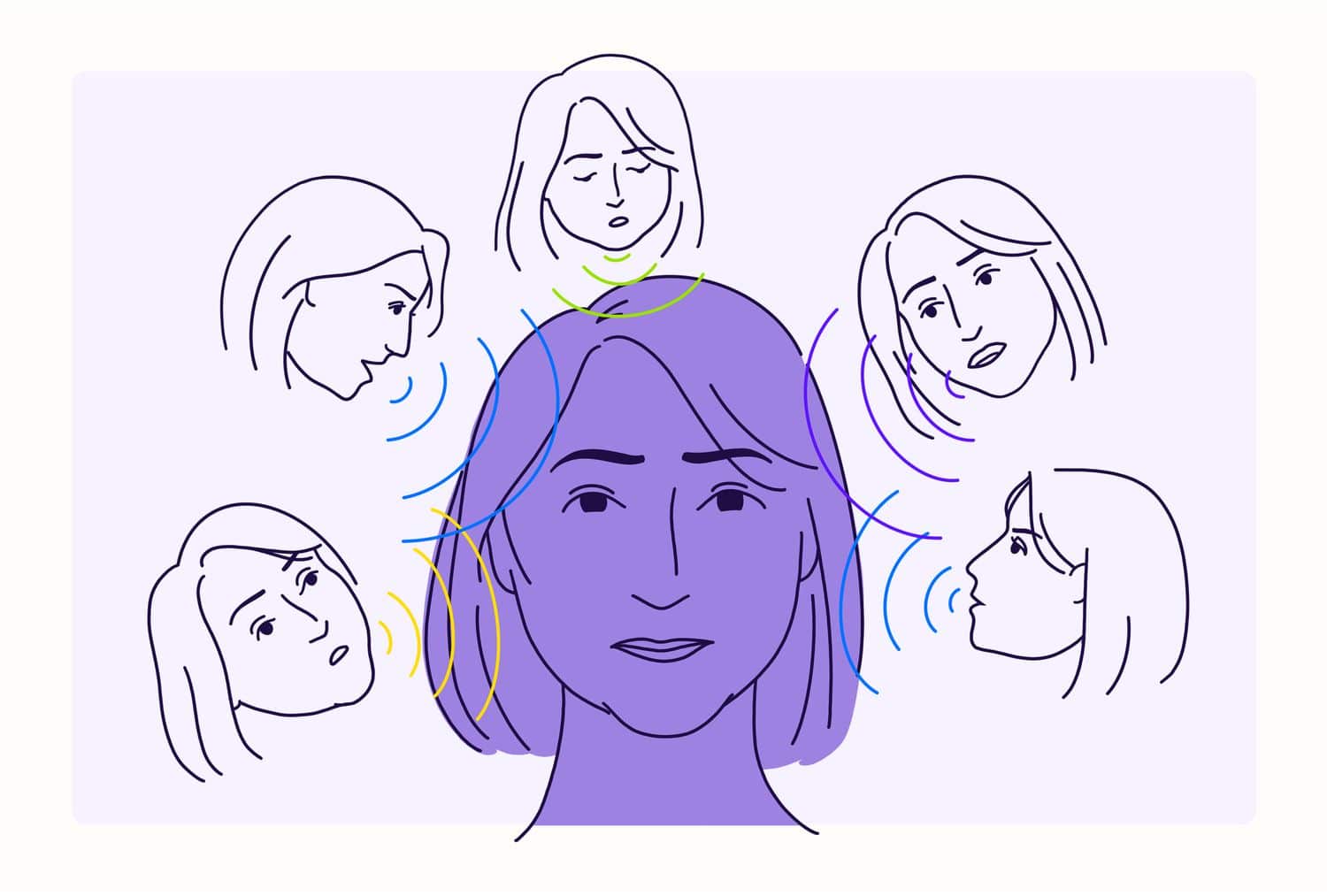Memorandum – Wrongful Deaths
TO: CEO
FROM: Student Name/position in the company
DATE: March 8, 2023
SUBJECT: Critical Incident Analysis

There are six claims of wrongful deaths, and most are Covid-19 related. Only one of the wrongful death claims involves a machinery accident. The following information provides details of the analysis for each case:
Bhashar Quan
Bhashar Quan died after potentially contracting Covid-19 at the workplace. The complaint attributes the death to a lack of health and safety considerations at the workplace. The complaint accused the company of failing to be proactive in implementing the CDC’s Covid-19 protocols which contributed to the virus contraction and eventually death. If the case is proven, the company is liable under the Occupation Safety and Health Act, which requires employers to ensure the safety of employees at the workplace (Michaels & Wagner, 2020). This complaint is high risk because the employee’s representatives have threatened legal action if the requested settlement of over $2M is not provided for the wrongful death claim.
The plaintiff argues that the company is liable for the wrongful death of Bhashar Quan for not implementing proper Covid-19 health and safety standards per the CDC’s guidelines. However, the company can defend itself by proving the employee contracted the virus outside the company premises and that it implemented Covid-19 safety rules per CDC and OSHA’s guidelines. The plaintiff has a case if they can prove that the company did not enforce Covid-19 protocols.
In this case, it is difficult to determine whether the employee contracted the virus at work or outside the workplace. Per the interviews, an individual was instructed to collect individual temperatures before entering the premise. This individual should be interviewed to determine if Bhashar Quan and other employees who died from Covid-19 showed any signs of fever and what steps the company took to address the issue. Additionally, employees that worked closely with Quan should be interviewed regarding any signs Quan might have shown related to Covid at the workplace.
Michael Haskill
The employee died from an accident attributed to negligence. Michael Haskill died from a fatal accident after being hit by a forklift that an employee drove; the complainant claims without proper certification and experience to operate the machine. The company is liable for ensuring the safety of employees per the Occupational Safety and Health Act which requires employers to ensure the safety of employees at the workplace (Michaels & Wagner, 2020). The complaint is high risk because the complainant has reached an attorney and requested compensation of $2.5M for the wrongful death of Haskill, without which the case will proceed to court.
The plaintiff claims that negligence from the company’s side led to the wrongful death of Michael Haskill. Negligence claims arise from the fact that the company allowed an individual without proper qualifications and experience to operate a machine. CapraTek has to prove no negligence or shift liability to the specific employee that caused the accident to avoid liability. The company has to prove that the employee in question is qualified and experienced to operate the machine before shifting liability. No witnesses have been involved in this case, leaving many unanswered questions regarding the accident’s circumstances. In this case, an interview with witnesses would help clear any uncertainties and determine whether the claim is justifiable.
Susan Harewood
The claim of the wrongful death of Susan Harewood is Covid-related. The complainant argues that Susan Harewood contracted the virus at the workplace due to the lack of health and safety considerations. The claim points to the company’s negligence by failing to enforce necessary Covid-19 measures that contributed to the wrongful death of Harewood. If the claim is substantiated, the company is liable under the Occupational Safety and Health Act, which requires employers to ensure the safety of employees at the workplace for failing to adjust the workplace to adapt to Covid-19 protocols (Michaels & Wagner, 2020). This case is high risk because Harewood’s parents have threatened legal action if a settlement of $6M is not made.
The plaintiff’s case is based on proof of negligence and the company’s failure to implement Covid-19 protocols to protect employees from the virus per the CDC’s provisions. The company can avoid liability by proving the employee did not contract the virus at the workplace and that it implemented necessary measures per CDC’s and OSHA’s guidelines. The company also has to prove that the employee is essential, and the selection was considerate of all factors regarding employees that were required to continue working at the office. The court has to determine whether the employee contracted the virus at the workplace, which is the basis of the claim and a claim the company denies.
James Clarke
The claim of James Clarke’s wrongful death points to him contracting the virus at the workplace due to a lack of health and safety considerations. There is also a mention of negligence on the company’s side for failing to be proactive and implementing CDC’s guidelines as early as possible to prevent infections. Additionally, the complainant argues that the company was requested to close, but it did not. If the claim is proven, the company is liable under the Occupational Safety and Health Act, which requires employers to ensure the safety of employees at the workplace for failing to adjust the workplace to adapt to Covid-19 protocols (Rothstein, 2022). This case is high risk because Clarke representatives have threatened legal action if a settlement of $2.575M is not made.
The plaintiff’s case is based on proof of negligence and the company’s failure to mitigate Covid-19 by adopting necessary measures to protect employees from the virus per the CDC’s provisions and closing down per the “local officials'” recommendation. The company can avoid liability by proving the employee did not contract the virus at the workplace and that it implemented necessary measures per CDC’s and OSHA’s guidelines. The company also has to prove that the employee is essential, and the selection was considerate of all factors regarding employees that were required to continue working at the office. The court has to determine whether the employee contracted the virus at the workplace, which is the basis of the claim and a claim the company denies. The local official’s recommendation claim for the company to close is still unanswered because, per the interviews, the company officials deny seeing such a recommendation and deem the company essential. Local officials should be interviewed to substantiate the matter.
Richard Howell
The claim of Richard Howell’s wrongful death points to him contracting the virus at the workplace due to a lack of health and safety considerations. Per the claim, the company failed to implement and enforce necessary measures per CDC’s guidelines as early as possible to prevent infections. If the claim is proven, the company is liable under the Occupational Safety and Health Act, which requires employers to ensure the safety of employees at the workplace for failing to adjust the workplace to adapt to Covid-19 protocols (Rothstein, 2022). This case is high risk because Howell’s representatives have threatened legal action unless the company covers the insurance demand.
The plaintiff’s case is based on proof that the employee contracted the virus in the workplace. The company failed to mitigate Covid-19 by adopting necessary measures to protect employees from the virus per the CDC’s provisions. The company can avoid liability by proving the employee did not contract the virus at the workplace and that it implemented necessary measures per CDC’s and OSHA’s guidelines. The employee is deemed essential, and the company has to prove that the selection considered the employee’s safety. Determining whether the employee contracted the virus at the workplace is challenging, and the plaintiff and the defendant must prove their claims.
Boris Senty
The claim of Boris Senty’s wrongful death points to him contracting the virus at the workplace due to a lack of health and safety considerations. Their attorney mentions negligence on the company’s side for failing to be proactive and implementing CDC’s guidelines as early as possible to prevent infections. If the claim is proven, the company is liable under the Occupational Safety and Health Act, which requires employers to ensure the safety of employees at the workplace for failing to adjust the workplace to adapt to Covid-19 protocols (Rothstein, 2022). This case is high risk because Senty’s attorney has threatened legal action but wants the case to be settled outside the court, requesting a $2.5M settlement.
The plaintiff’s case is based on proof of negligence and the company’s failure to mitigate Covid-19 by adopting necessary measures to protect employees from the virus per the CDC’s provisions. The company can avoid liability by proving the employee did not contract the virus at the workplace and that it implemented necessary measures per CDC’s and OSHA’s guidelines. The company also has to prove that the employee is pivotal to the company, and the selection was considerate of all factors regarding employees that were required to continue working at the office because the employee would have worked at home. The court has to determine whether the employee contracted the virus at the workplace, which is the basis of the claim and a claim the company denies.
Interviewer Evaluation
Unanswered Question and Additional Individuals to be Interviewed
There are multiple unanswered questions the investigator needs to ask for the determination of the case. For instance, the investigator should ask how the company determined whether an employee acquired the virus within the workplace or outside the workplace. How would the company prove or defend against the claim that employees acquired the virus at the workplace? What strategies were in place to determine infected and infected employees? What was the procedure undertaken after the company identified a particular employee is infected? Was the company aware that some employees displayed symptoms but allowed them to continue operating as indicated in some letters? Did the selection criteria of essential employees consider race and ethnicity because most letters show people of color complaining that the workplace was full of new and black employees? To answer these questions, the employee that was assigned the responsibility of checking daily temperatures before employees entered the premises should be interviewed to determine whether, on a particular day, an employee with elevated temperatures was allowed to continue working. The Human Resource Manager and the Head of Operations should be interviewed further on the steps taken to determine whether an infection was acquired at the company or outside, steps taken after an employee displayed symptoms and the selection criteria of essential employees that are deemed biased and discriminatory by new and black employees. The supervisors of the employees who died wrongfully should be interviewed because they are the closest to the employees and are accused of failing to listen to the employees’ grievances. Supervisors will help answer whether some employees displayed symptoms but continued to work as claimed in the complaint letters. This additional information will help determine the liability of the company and defend against the negligence claims in the complaint letters.
Selection of Key Employees Interviewed
The interview shows robustness in the interview process, including the selection of employees to interview, including Nathaniel Matthews, Chief Operations Officer, Chicago Headquarters; Marcus Norris, Director of Operations, Illinois Plant; Renee Martin, Director of Human Resources, Georgia Plant; Anthony Tsu, Director of Human Resources, Alabama Plant; and Matt Hayes, Director of Staffing, Alabama Plant. These individuals are responsible for making critical decisions that impact the company operations and have a greater say in implementing necessary safety measures to protect employees from Covid-19 and selecting which essential employees. The selection was based on the level of knowledge and authority these employees have in the company. The employees selected know about the company operations and decisions made during Covid-19 and are directly answerable to these decisions. For instance, they were all involved in a meeting arranged by Nathaniel Matthews concerning preparation for Covid-19, measures taken, selection of essential employees, and how the company responded to the stay-at-home order or request. Therefore, the selection was thorough, choosing employees with adequate information for the determination of the cases.
Facts Gathered
The facts gathered are adequate for the determination of the cases and the development of the defense. The interviewer obtains information on when and how the company implemented precautionary measures to protect employees from Covid-19, including the provision of PPE and social distancing rules, the selection criteria for essential employees, when the company held the meeting to respond to Covid-19, what the meeting entailed, who was involved, policy development regarding Covid-19 precautions, the difference in the policies for the various plants, and the content of the policies developed. The interview also gathers facts on the protocol followed to institute changes, the current state of the situation, and whether some workers could have worked from home. Additionally, the interviewer collects information regarding how the company responded to special employees or those with additional needs like pregnancy or disability. These facts are adequate to help the company defend itself and determine liability.
Thoroughness of Interview Questions
The interviewer asks necessary and thorough questions specific to the complaints to understand the company’s liability per the claims. The interviewer asks about when and what precautions were developed, policies developed, the difference in policies for the various plants, selection of essential employees, the protocol followed to implement precautions in the various plants, how the company identified infected individuals, people responsible for instituting changes and selected staff to work onsite or at home, considerations for special needs employees, and how the company responded to workers breaking the rules, or whether the interviewees saw anyone breaking the rules. These questions are necessary to determine the company’s liability and inform the defense team of facts surrounding the various complaints. Furthermore. The questions are probing, and the interviewer ensures a process where one question’s answer leads to another question until a particular fact is thoroughly unraveled. If a particular question is not answered adequately by a specific interviewee, the investigator raises the question again when interviewing the next individual with more knowledge and authority over the elements of the question. For instance, the selection criteria question is raised in all interview scenarios until the last individual, Matt Hayes, who other interviewees confirm he selected essential employees. These probing questions were thorough in gathering the needed facts.
Confidentiality of Interview Transcript
The details of the interviews are recorded and will remain confidential, requiring the employees not to disclose the details to anyone without authorization from CapraTek’s General Counsel, Marjorie Schmidt. The interviewer spells out the confidentiality requirements at the beginning of every interview to ensure the interviewee understands the rules and promises to abide by the confidentiality requirement. The interviewer also specifies confidentiality limits and who owns the confidentiality rights, which is the company and specifically the General Counsel.
Omissions by the Interviewer
However, the interviewer failed to ask the employees whether there was physical proof of fliers or posters that indicated the implementation of Covid-19 rules. It would be necessary to determine whether the employees can prove that necessary measures were implemented to ensure employee safety. The interview also omits information on how the company responded when an employee was infected, the contact tracing procedures and process at the company, whether all employees were tested after one was identified as sick, and what protocols are in place regarding employees getting sick at the plant. This information is also critical in the determination of the cases and the defense efforts.
Confidentiality of the Interview Transcript
Regarding confidentiality and privilege considerations, the interview details should remain confidential and not be shared with anyone without authorization. This interview is for an independent investigation to help the company with the defense; no unauthorized person should know about it. Specific details shared by the interviewed employees, including the selection process of essential and non-essential employees, which most claims say was biased, can prove the company is liable in some cases, which might put the employees at loggerheads with the company or coworkers. Therefore, the personal data of the specific employees should be between the interviewer and the employee and remain anonymous, only the fact gathered from the interviews should be disclosed for defense purposes.
The facts gathered from the interviews indicate that the company was not proactive in implementing Covid-19 measures, did not implement necessary safety measures per the CDC’s and OSHA’s guidelines, train employees to protect themselves against the virus, and adopted a biased approach toward selecting essential employees. If the plaintiff’s attorney obtained these facts, they could be used at trial against the wishes of CapraTek.
The employer cannot guarantee the complete confidentiality of the employees interviewed. However, the investigator must ensure the confidentiality of those involved in the investigation to ensure the integrity of the process is not compromised and the reputation of the parties involved is not ruined (Kilborn & Wise 2018). The employees should not discuss the investigation details with coworkers until it is complete. Lastly, per the NLRB ruling, the employer and the investigator should protect witnesses from potential danger.
References
Kilborn, A., & Wise, P. (2018). Rethink Requiring Confidentiality for Investigations. Society for Human Resource Management.
Michaels, D., & Wagner, G. R. (2020). Occupational Safety and Health Administration (OSHA) and worker safety during the COVID-19 pandemic. Jama, 324(14), 1389-1390. https://jamanetwork.com/journals/jama/fullarticle/2771096
Rothstein, M. A. (2022). The OSHA COVID-19 case and the scope of the Occupational Safety and Health Act. Journal of Law, Medicine & Ethics, 50(2), 368-374.
Do you need a similar assignment done for you from scratch? Order now!
Use Discount Code "Newclient" for a 15% Discount!












